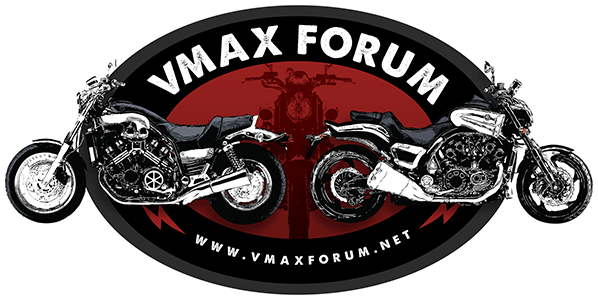I recall the Gen. II F-body GM pony cars have an electrical switch on the left-side of the steering column, working by a rod connected to the steering column ignition key female receptacle. I once had to change that switch, and it took a bit of trial and error to get the rod to move the switch innards to allow it to-start, before I tightened the switch mounting screws. Maybe your shaft cover sleeve was interfering/enabling the rod/switch?
I owned three F-bodies, a couple of '77 Trans Ams, one was a Hurst-Hatch 6.6 litre Poncho engine and it was the S.E. WS6 gold pinstriping version, yes, 'like Smokey and the Bandit.' I bought it from the original owner. That car got more attention than any car I've owned. The second was a year-old '77 T-A also a 400 Pontiac, both were automatics. Then I had a '80 Z28 which was a lot of fun too. That was the one I had to replace the steering column ignition switch (not the one you insert the key into, but the one controlled by the rod) inside the steering column sheetmetal cover.
My GMC pick-up I bought new in '09 had the key fob go-bad, earlier this year, I bought a replacement fob at Advance Auto and had it programmed, the whole thing was <$90.














![Bike Phone Mount Holder, [Camera Friendly] Motorcycle Phone Mount for Electric Scooter, Mountain, Dirt Bike and Motorcycle - 360° Rotate Suitable for iPhone & Android Smartphones from 4.5-7.0 inches](https://m.media-amazon.com/images/I/51ZirRrsA+L._SL500_.jpg)

















![Lamicall Motorcycle Phone Mount Holder - [Dual Vibration Dampener] [720° Adjustment Arm] Motorcycle Cell Phone Holder, Bike Handlebar Phone Mount, for iPhone 16/15/ 14/13 Pro Max, 4.7-6.7" Phones](https://m.media-amazon.com/images/I/41g9IDInCIL._SL500_.jpg)



![Bovemanx Motorcycle Phone Mount Holder, [150mph Wind Anti-Shake][7.2inch Big Phone Friendly] Bike Phone Holder, Motorcycle Handlebar Cell Phone Clamp, Compatible with iPhone 16 Pro Max Smartphones](https://m.media-amazon.com/images/I/51F+1sontPL._SL500_.jpg)